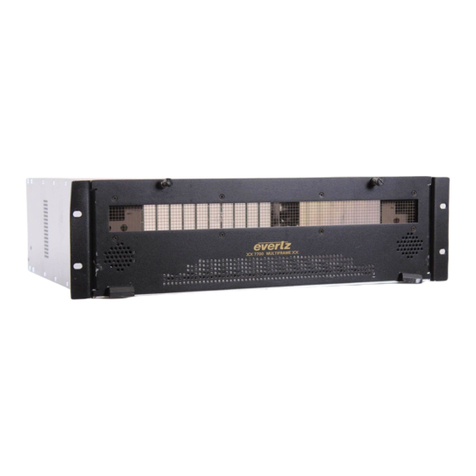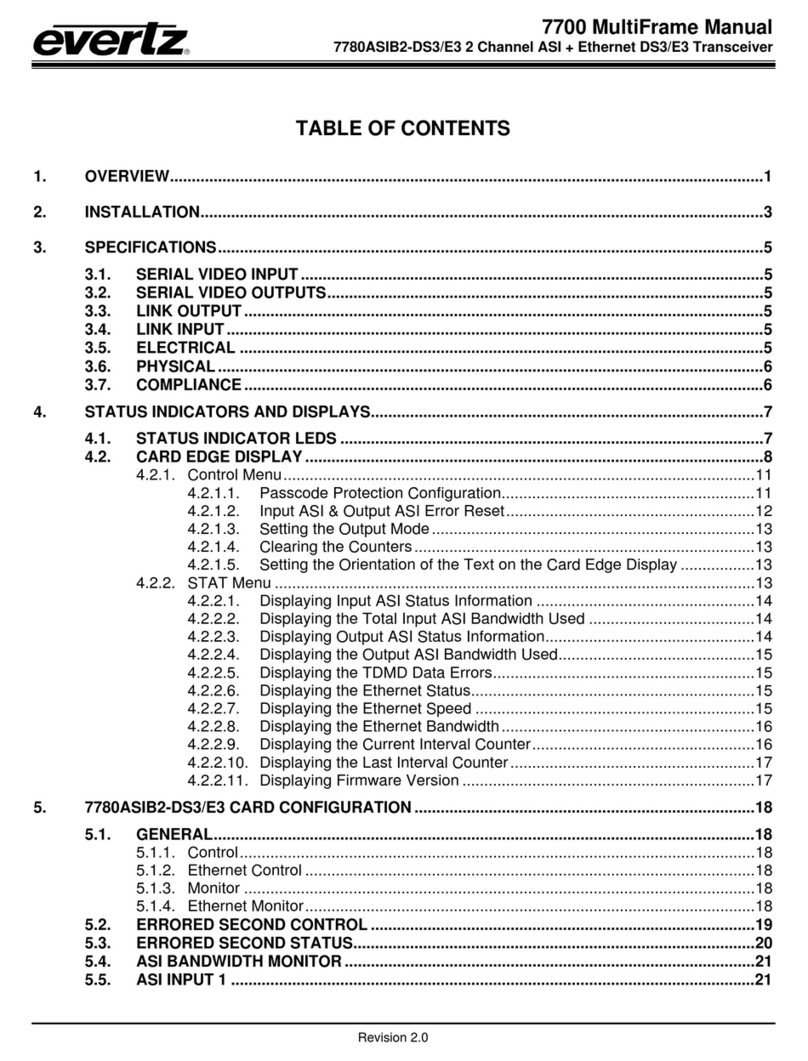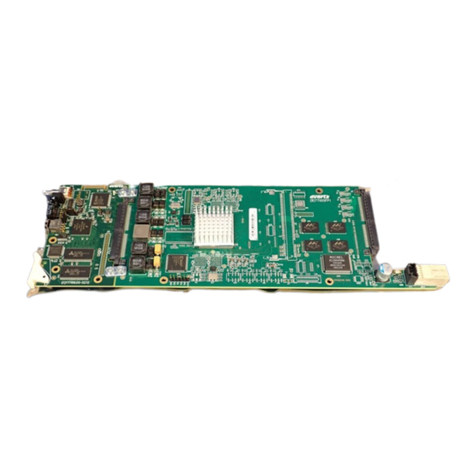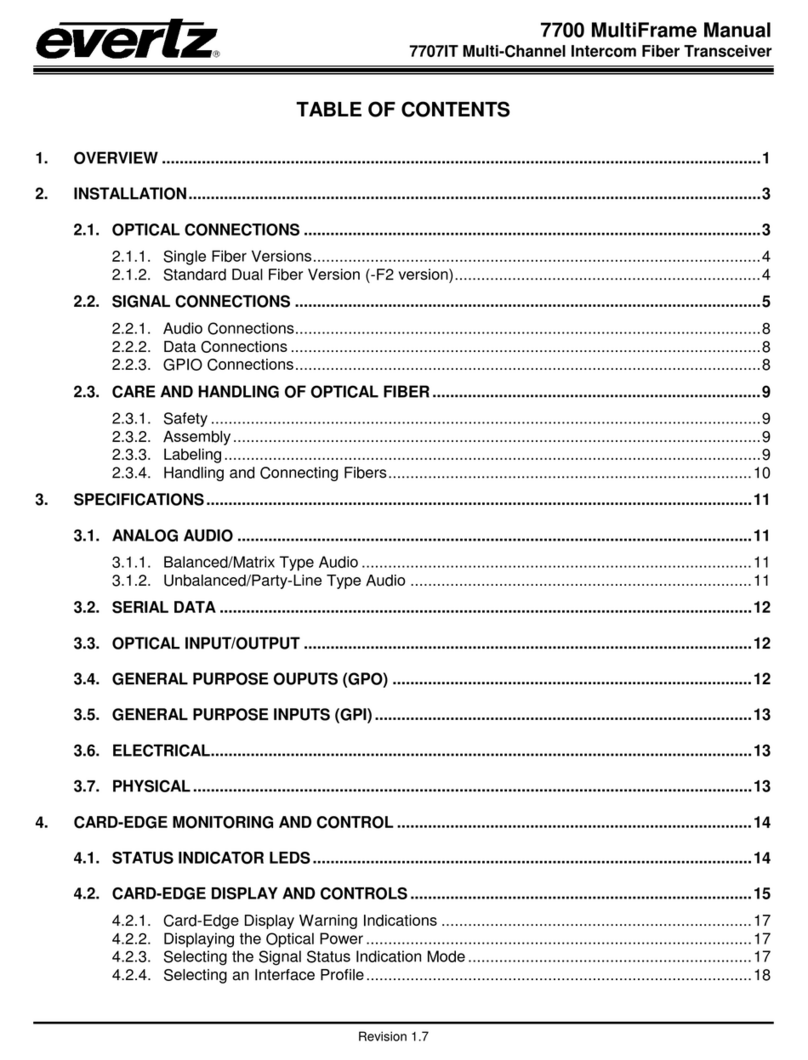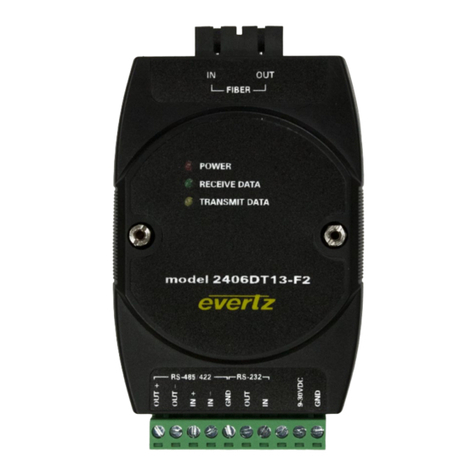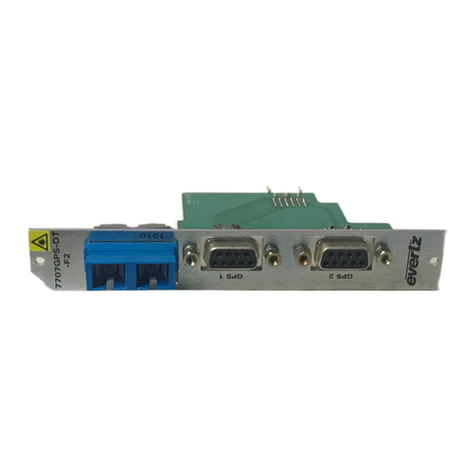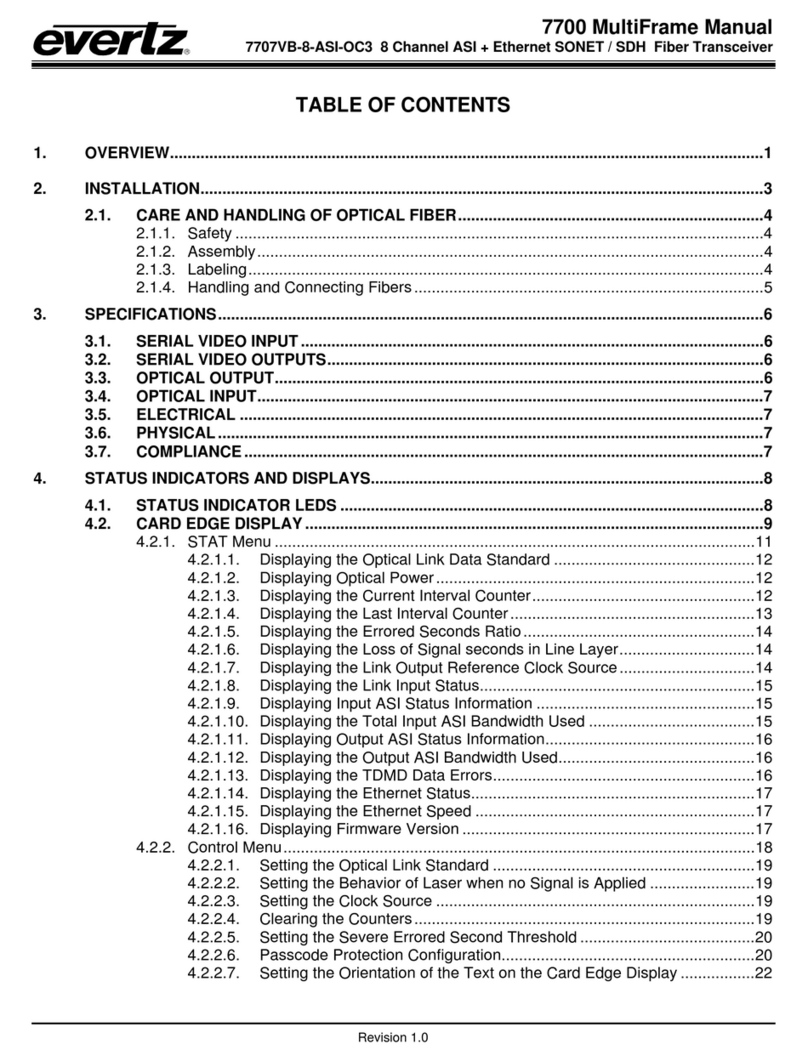
7700 MultiFrame Manual
7705ET Ethernet Fiber Transceiver
Revision 1.4
TABLE OF CONTENTS
1. OVERVIEW.......................................................................................................................................... 1
2. INSTALLATION................................................................................................................................... 3
2.1. ETHERNET CONNECTIONS..................................................................................................... 3
2.2. OPTICAL CONNECTIONS......................................................................................................... 5
2.2.1. Single Fiber version (7705ET)......................................................................................... 5
2.2.2. Dual Fiber Version (7705ET-F2)..................................................................................... 5
2.3. CARE AND HANDLING OF OPTICAL FIBER........................................................................... 5
2.3.1. Safety.............................................................................................................................. 5
2.3.2. Handling and Connecting Fibers..................................................................................... 6
3. SPECIFICATIONS............................................................................................................................... 7
3.1. ETHERNET INPUT/OUTPUT..................................................................................................... 7
3.2. OPTICAL INPUT/OUTPUT......................................................................................................... 7
3.3. ELECTRICAL ............................................................................................................................. 7
3.4. PHYSICAL.................................................................................................................................. 7
4. STATUS INDICATORS....................................................................................................................... 8
4.1. MODULE HEALTH LEDS .......................................................................................................... 8
4.2. FIBER LINK LED........................................................................................................................ 8
4.3. CARD EDGE ETHERNET LEDS................................................................................................ 8
4.4. REAR PANEL ETHERNET LEDS.............................................................................................. 9
5. JUMPERS AND USER ADJUSTMENTS.......................................................................................... 10
5.1. SELECTING WHETHER LOCAL FAULTS WILL BE MONITORED
BY THE GLOBAL FRAME STATUS........................................................................................ 10
5.2. CONFIGURING THE MODULE FOR FIRMWARE UPGRADES ............................................. 11
5.3. SELECTING THE CARD ADDRESS (Single Fiber version only) ......................................... 11



